I was browsing over all the old posts on my blog and could not believe that this is a topic that I’ve missed writing on. Choosing the right finish for woodwork is something that puzzles almost all home makers and making the wrong choice compromises the entire design and the look of the place, not to mention the additional cost of rework in case the finish chosen is incorrect for the space or the application.
In the paragraphs below, we will go through each finish and its pros and cons, where it should be used and where it should not. So, without further ado … here goes
Laminate Finish:
This is by far the most common finish available in the market primarily due to the ease of application of laminate on plywood. Almost all factory-made modular furniture available in the Bangalore today is made in laminate. This is because factory machinery can only process laminate and not some of the other finishes that we will discuss later.
Laminate basically is a 1mm or 0.8mm sheet in different finishes that can be stuck easily (using regular adhesive like Fevicol) on ply. Readymade furniture available in the market sometimes uses what is called a “paper laminate” this is a very thin film that is pasted on top of either particle board and MDF.
The good thing about Laminate is
- Its ease of application,
- Its ability to withstand rough use,
- No post application finishing required
- Carpenters know how to use it
- It is cheaper compared to most other premium finishes
Where Laminate does not do too well is
- Edges need to be managed – if not done properly the edges look bad
- It tends to chip at the edges – especially the one in 0.8 mm or less
- Aesthetically, laminate finished furniture does not give a premium appeal
- Not recommended or Hi Gloss finishes as the waviness of the backing ply is sometimes visible if not applied correctly.
Acrylic Finish:
Acrylic is similar to laminate in terms of the fact that it too is sheet that is pasted on top of ply/ MDF/ HDF. Nowadays shutters with acrylic sheets from 1 to 3 mm are available in the Bangalore market. The good thing about acrylic is that the sheets come factory pasted – some vendors also import pre-pasted acrylic sheets from abroad – this is a 8 feet by 4 feet board and the only thing that it needs is cutting as per your shutter size and edge banding. Due to factory pasting the finish is unblemished and even in hi gloss finish there is no waviness. For this reason, Acrylic is slowly becoming the norm for Hi Gloss finishes.
The only negative side of acrylic is that the range is limited to Hi Gloss finishes, even there -the colors are fairly limited. In addition, Acrylic is primarily available from unbranded vendors and importers hence there is no standardization in quality and one needs to be careful and do a thorough vendor background check before procurement.
Lacquered Glass:
I had written a detailed article on Lacquered glass finish sometime back – we will hence not dwell upon it here. You can read the earlier post at https://thestudiobangalore.com/blog/lacquered-glass-finish-shutters-for-home-interiors
Polymer Finish:
There is again a separate post available on Polymer finishes – you may read about here https://thestudiobangalore.com/blog/polymer-shutters-for-kitchen-and-wardrobes
Since the time this earlier post was written I have found Polymer shutters to be fairly limited in colour options, also the overall finish does not feel “premium” after some use. Its hence best to limit use of polymer
PU Coat:
PU stands for Poly Urethane, it is a coating put on top of paint to protect it from the elements and to give it a particular finish – either glossy or matte. You would have seen some wood surfaces – especially boardroom tables and other premium furniture having a glassy surface finish – that finish is PU. You do also get a matte in PU which, as the name suggests, will not be glossy J
PU is a great finish for all “showcase” units – what I mean by SHOWCASE is that it should be used for surfaces and places that are ornamental and not functional. PU due its chemical nature is extremely hard and brittle (something like glass), this hence leads to easy chipping and cracking when hit. It is hence recommended to limit PU to rigid / non-moving furniture that is unlikely to face rough use. A number of clients have lately been asking me to do their Kitchens in PU and I nowadays use a long questionnaire to determine whether the family would be able maintain such high maintenance product before recommending whether they should go for it or not.
Also note that PU needs a fairly capable polisher to do justice to the finish – do not give it to just about anyone. Also ensure that you ask the worker to do you a small sample before giving him the entire furniture to do in PU. In addition, the cheaper variety of PU would get a yellow tinge over time (note that PU is just the transparent coat, though you do get stained PU but we won’t get into that now), it is hence recommended to go with the premium range of PU only and not really worry about the budgets at this stage when you have already decided to go in for a premium finish.
Duco:
Duco is another “paint” based finish and comes with the same set of constraints as PU. Duco is the same as car paint and when used correctly, and for the right furniture pieces, like PU, it gives a premium look to the home and its interiors.
Veneer Finish
This is the last one that we will cover for this article today (as I am kind of done writing and should be getting back to work 🙂 )
While Veneer comes in plain single colours, it has traditionally been used to give the WOODY look to plywood. With the gradual passing away of solid wood and the advent of Plywood for making furniture Veneers were a compromise arrangement to give the woodgrain finish to ply. Veneered surfaces do need finishing and a coat of polish to protect them from the elements and to harden the surface for use. Veneer still remains one of the most exquisite but abused finishes due to the fact that while carpenters can easily install the veneer, getting a good polisher to finish it is difficult leading to what I call home maker heartburn. It is hence important to know the capability of your polisher before deciding on Veneer for your home
Again, like paint-based finishes, Veneers should be limited mostly to static furniture unless the family can manage the high maintenance. Veneer is also not moisture proof hence not recommended for wet areas.
Paper Laminate
Paper Laminate is the new kid on the block and I thought that I may as well mention this one … (I just can’t get myself to stop writing but this one IS definitely the last 🙂 ).
Well, Paper laminate REALLY is not a new kid, just that only now it is available to end customers. Furniture manufacturers/ factories have been using paper veneers/ laminates for ages, however, lately a sticker type paper laminate has been introduced in the Bangalore market that can very easily be used to cover and finish “non-active touch” surfaces. By non-active touch surfaces I mean surfaces that will hardly be exposed to a human touch – things like false ceilings, wall panels, some parts of a wardrobe shutter are some examples.
Paper laminate is extremely easy to install and leaves a nice, premium finish. In India it is still a niche product and not actively used but I do feel its use will grow as more folks come to know of it.
That’s it for now, feel free to leave your comments and questions and I will be happy to revert
Back to work now
Nandita
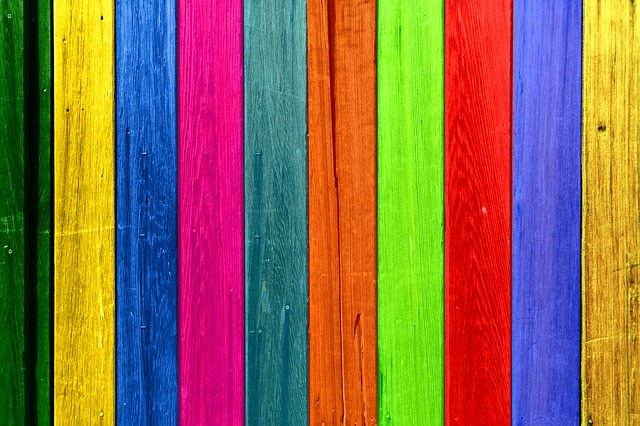
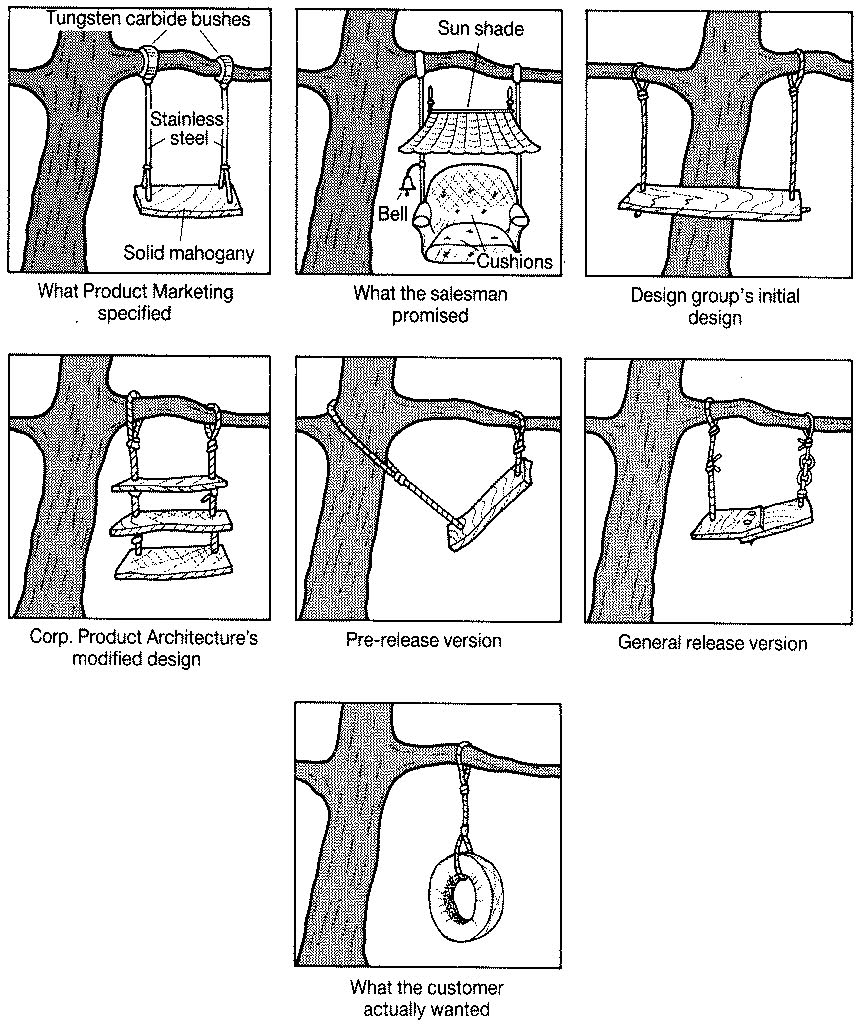
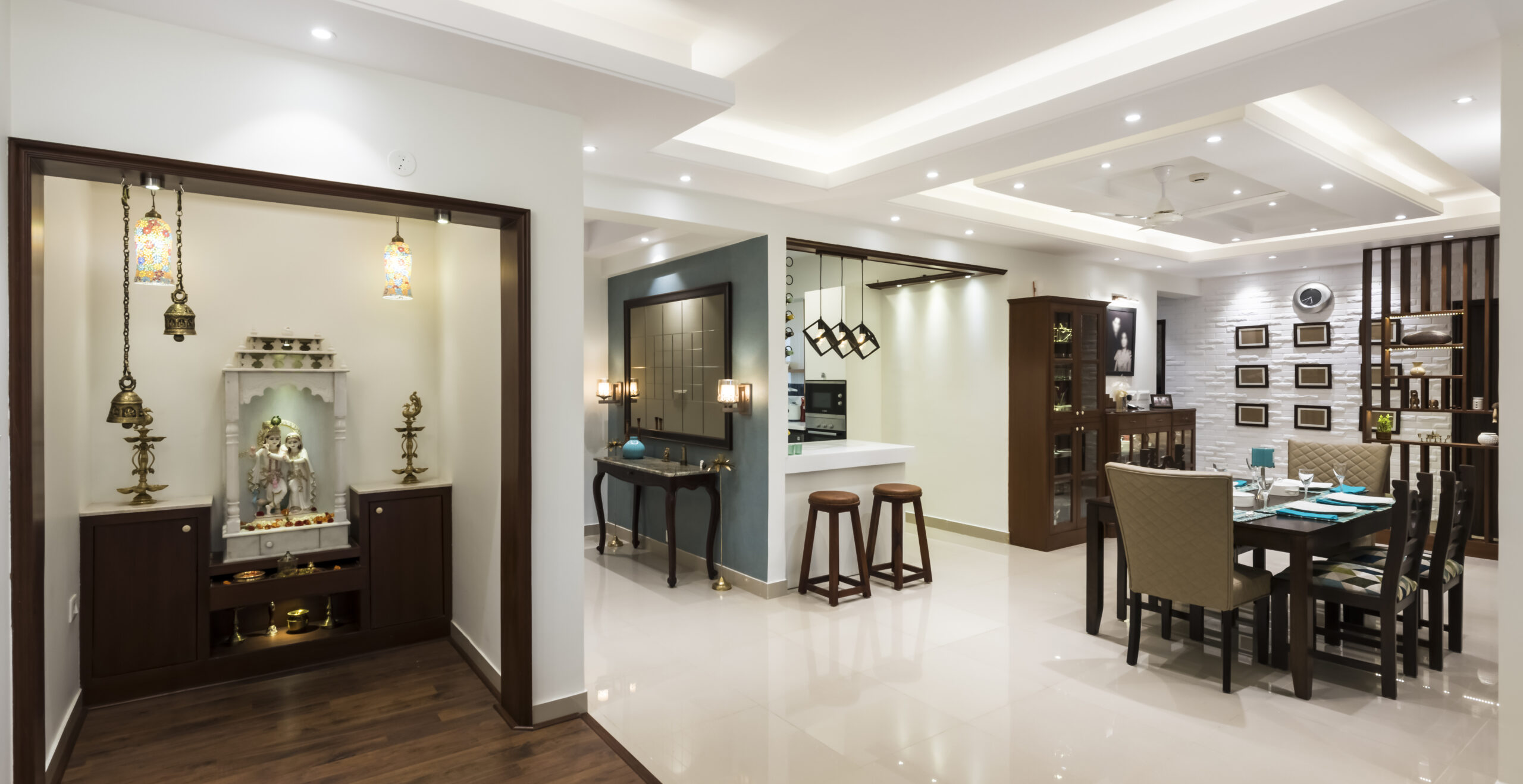
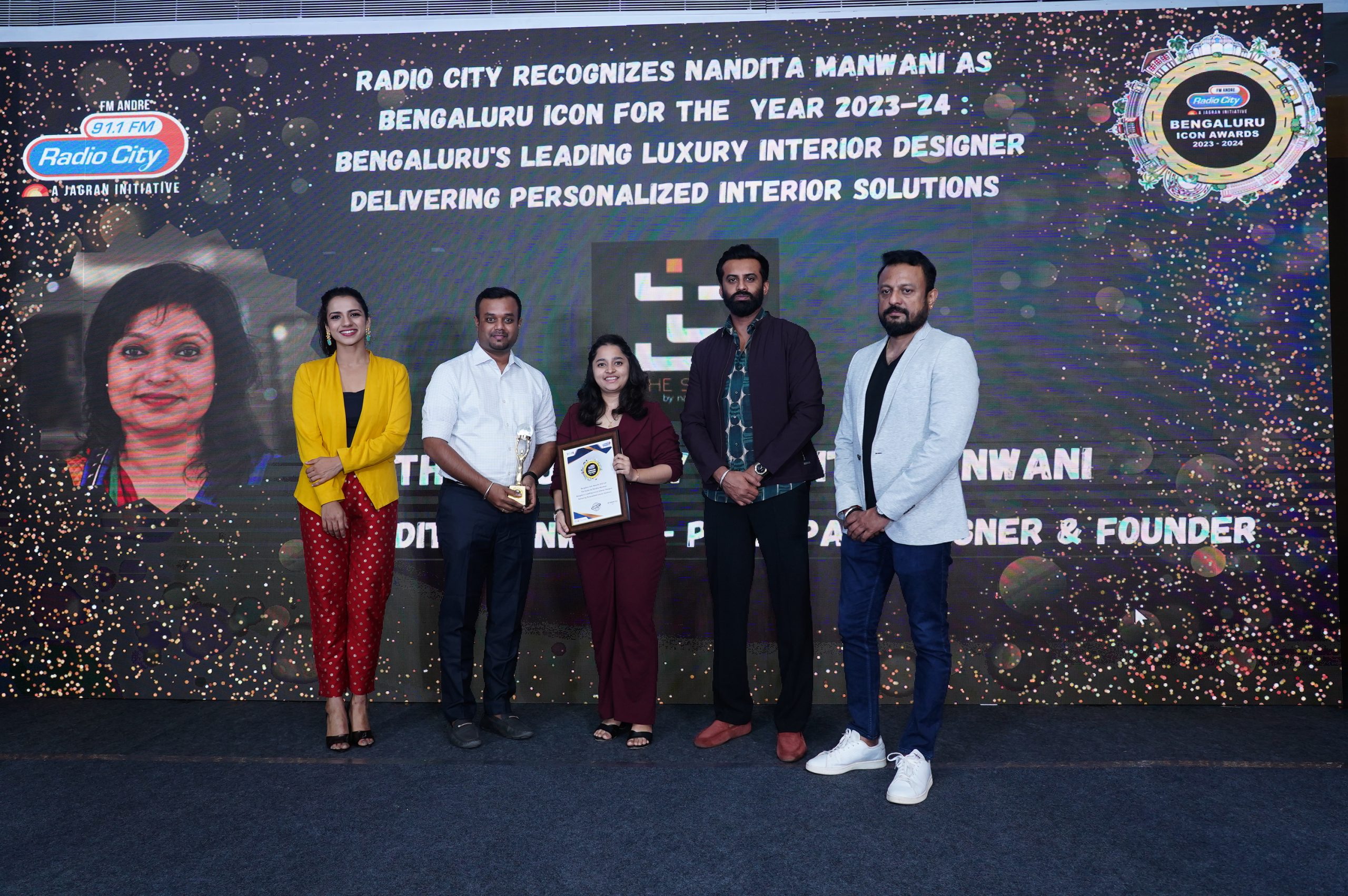
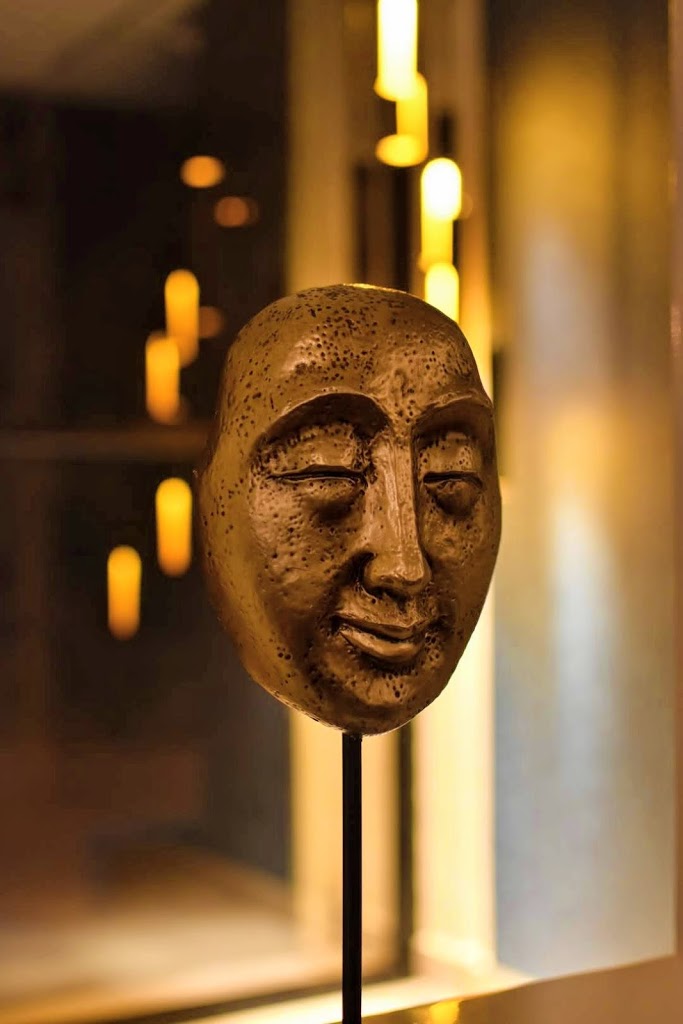
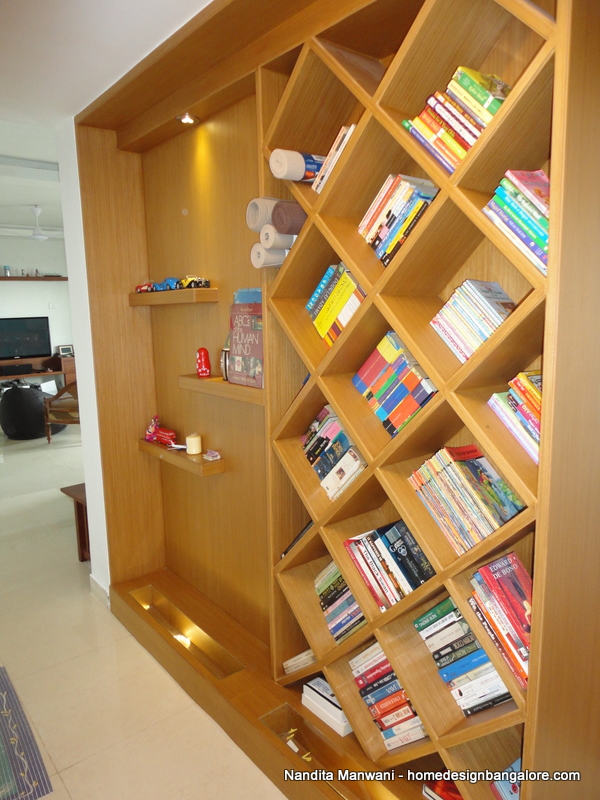
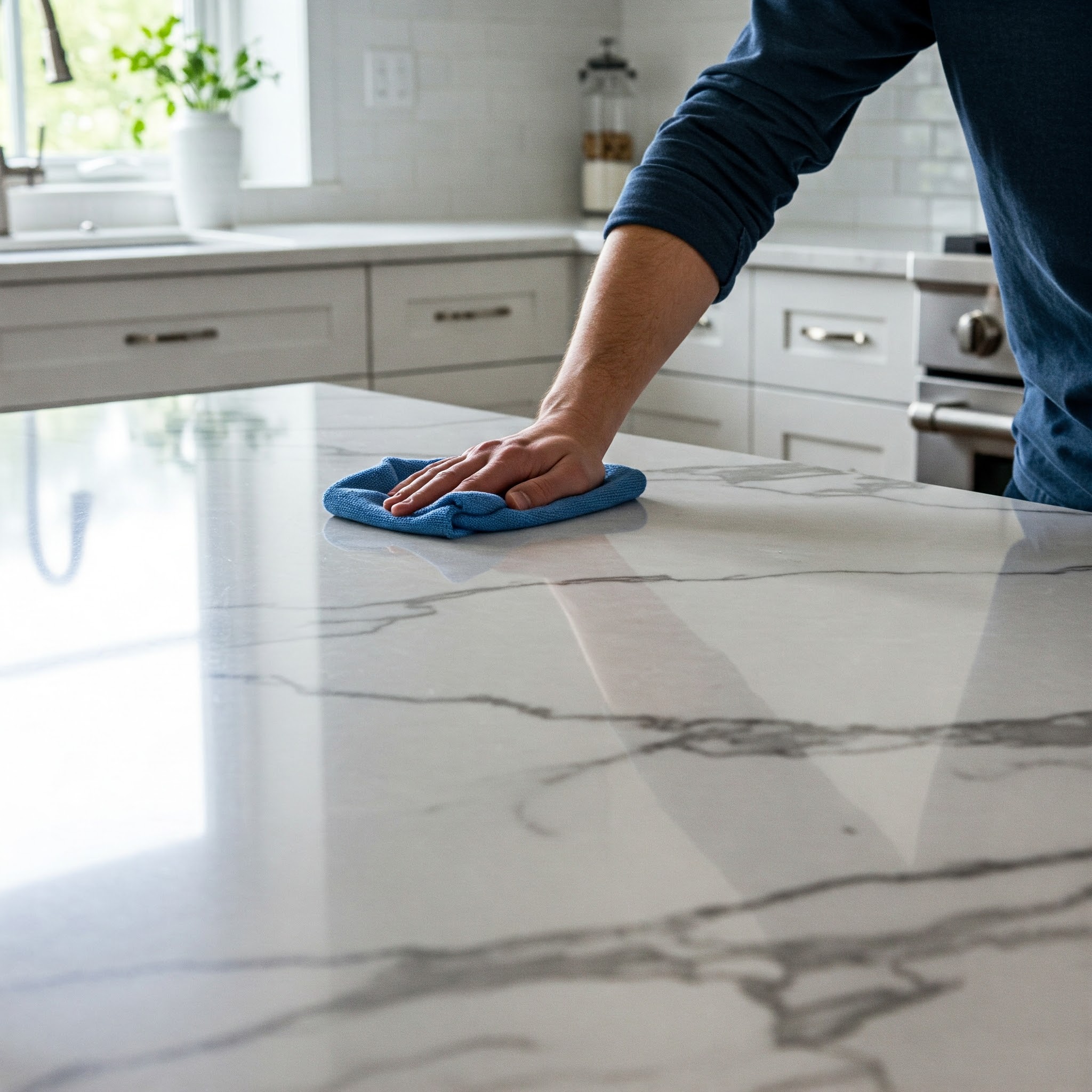
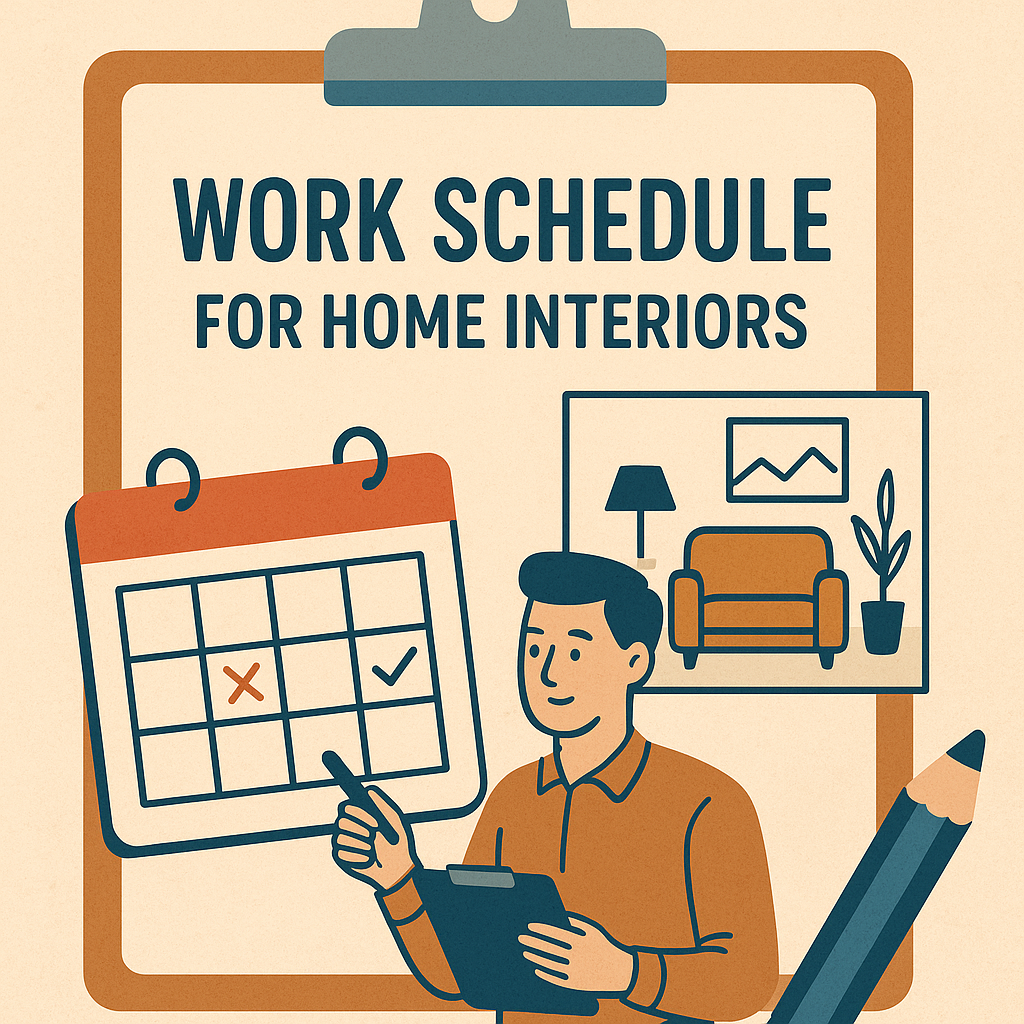



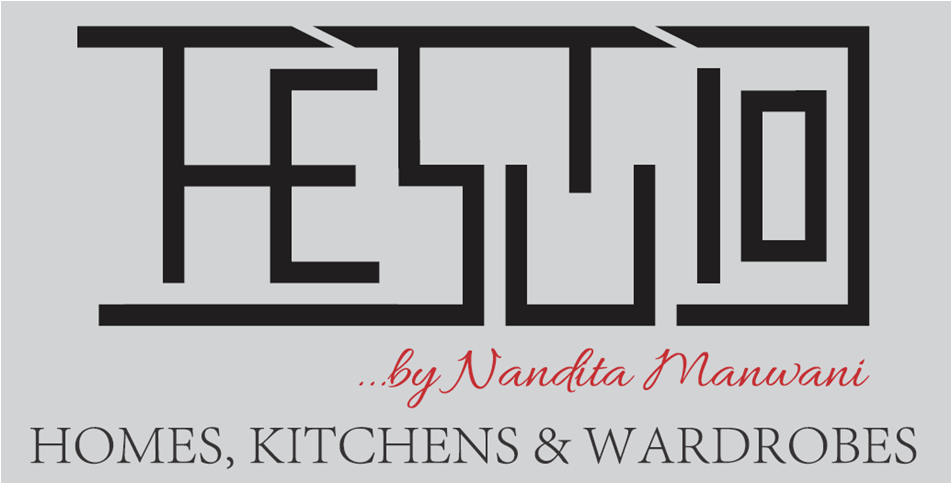


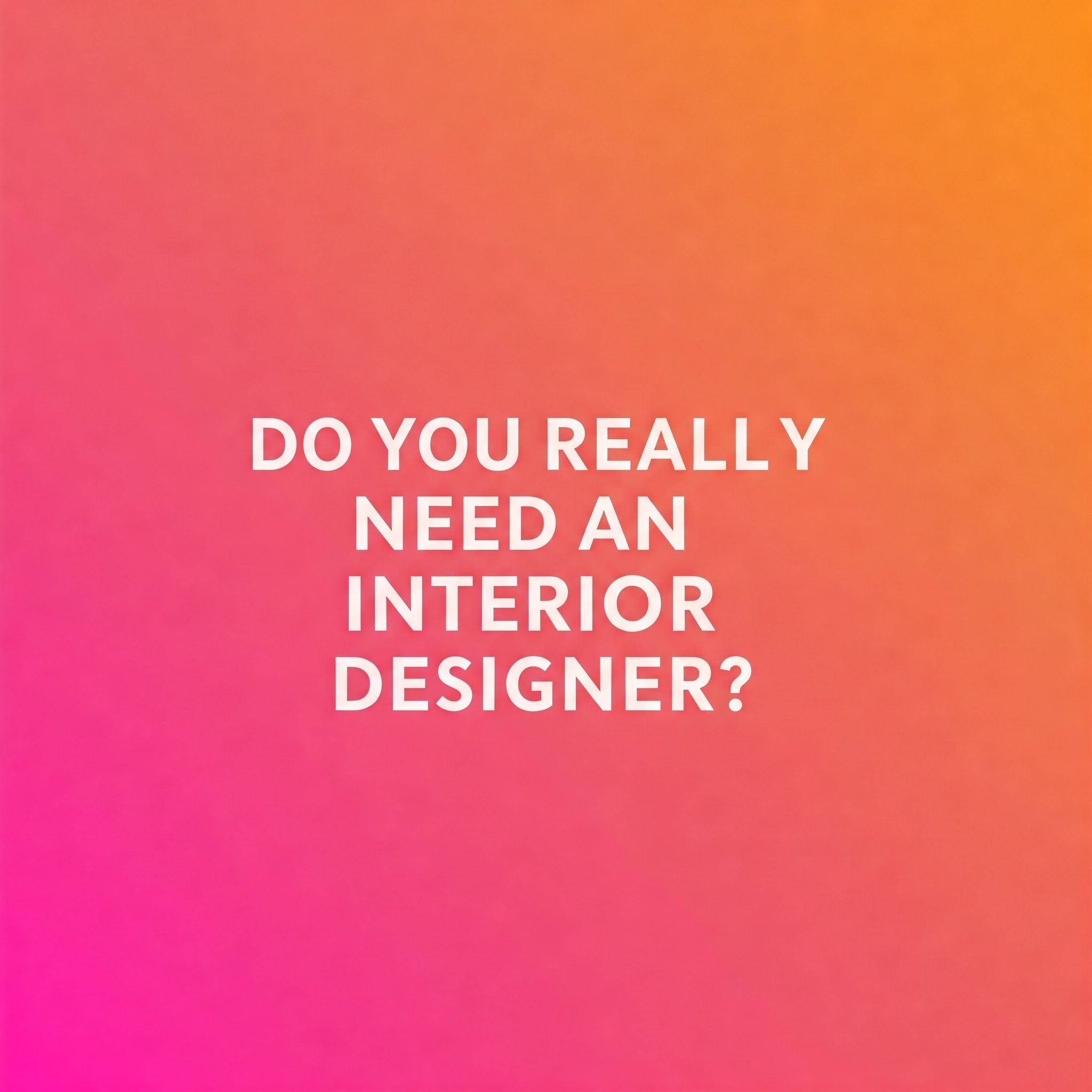
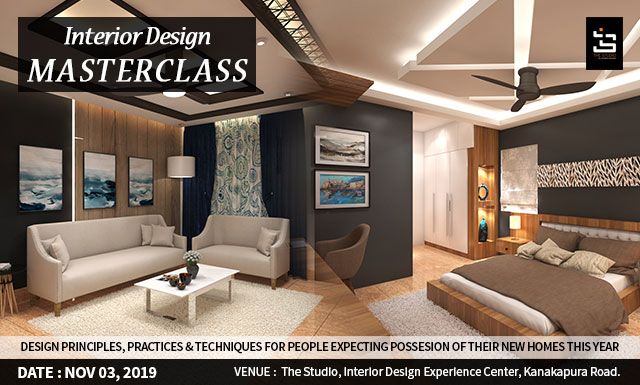
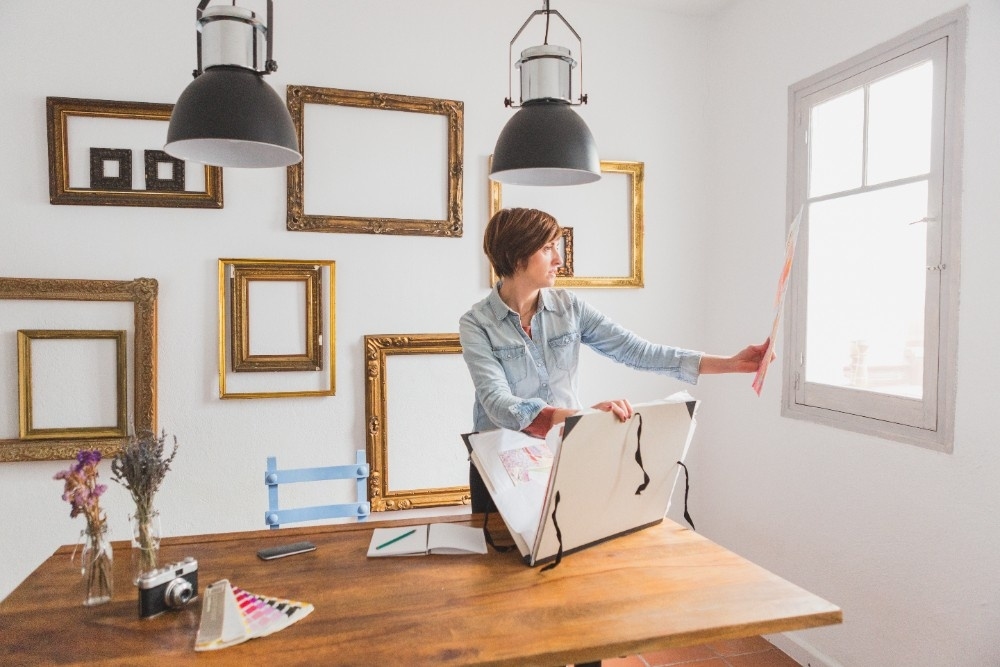

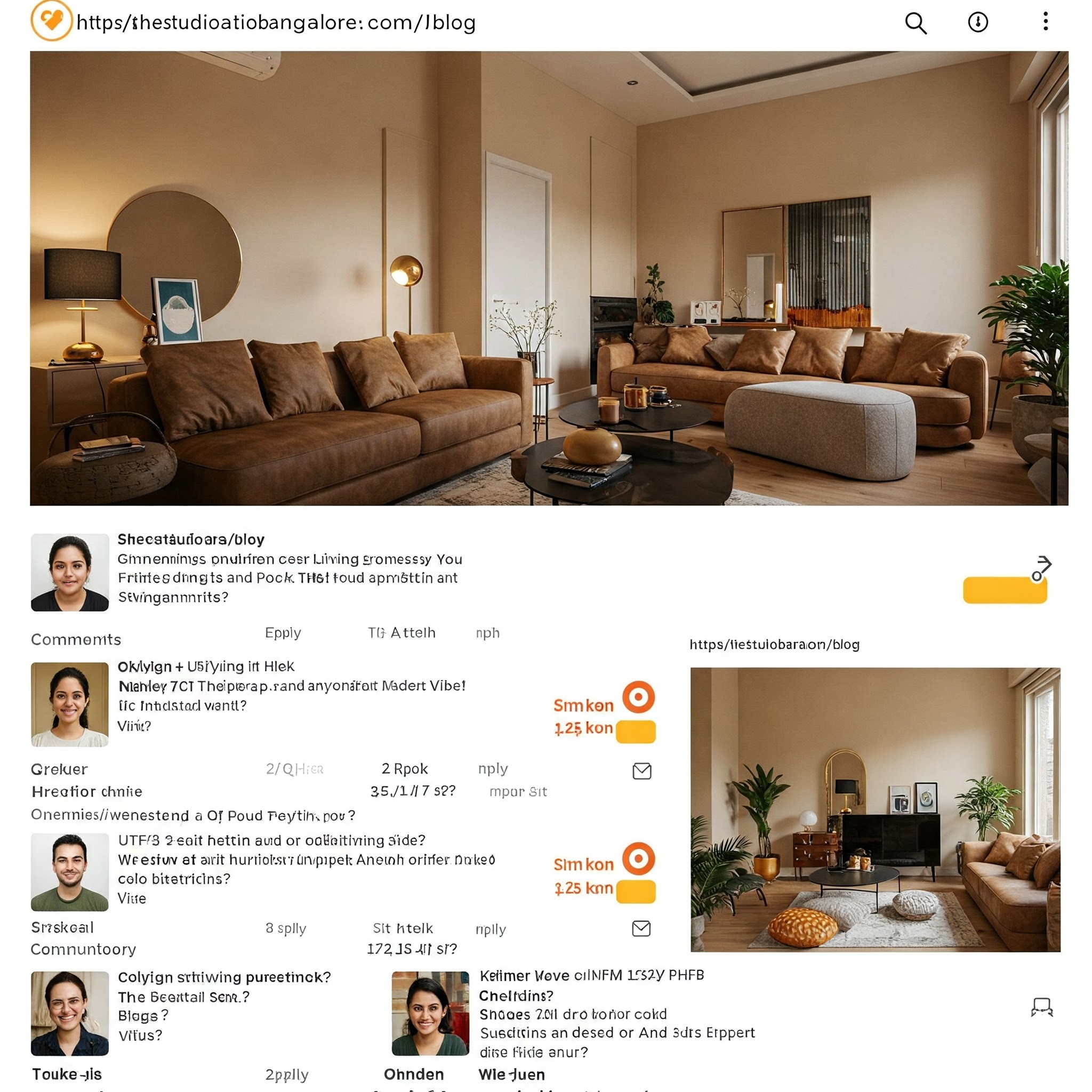
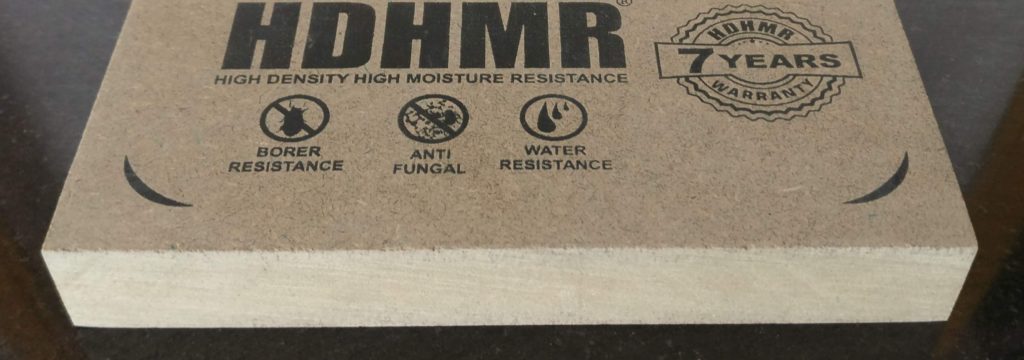
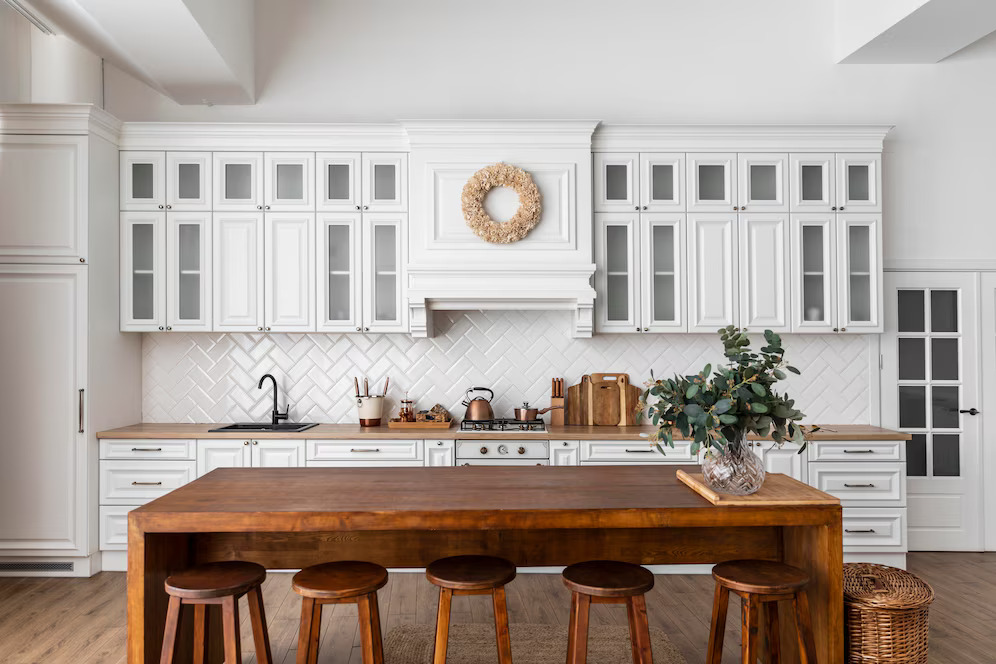
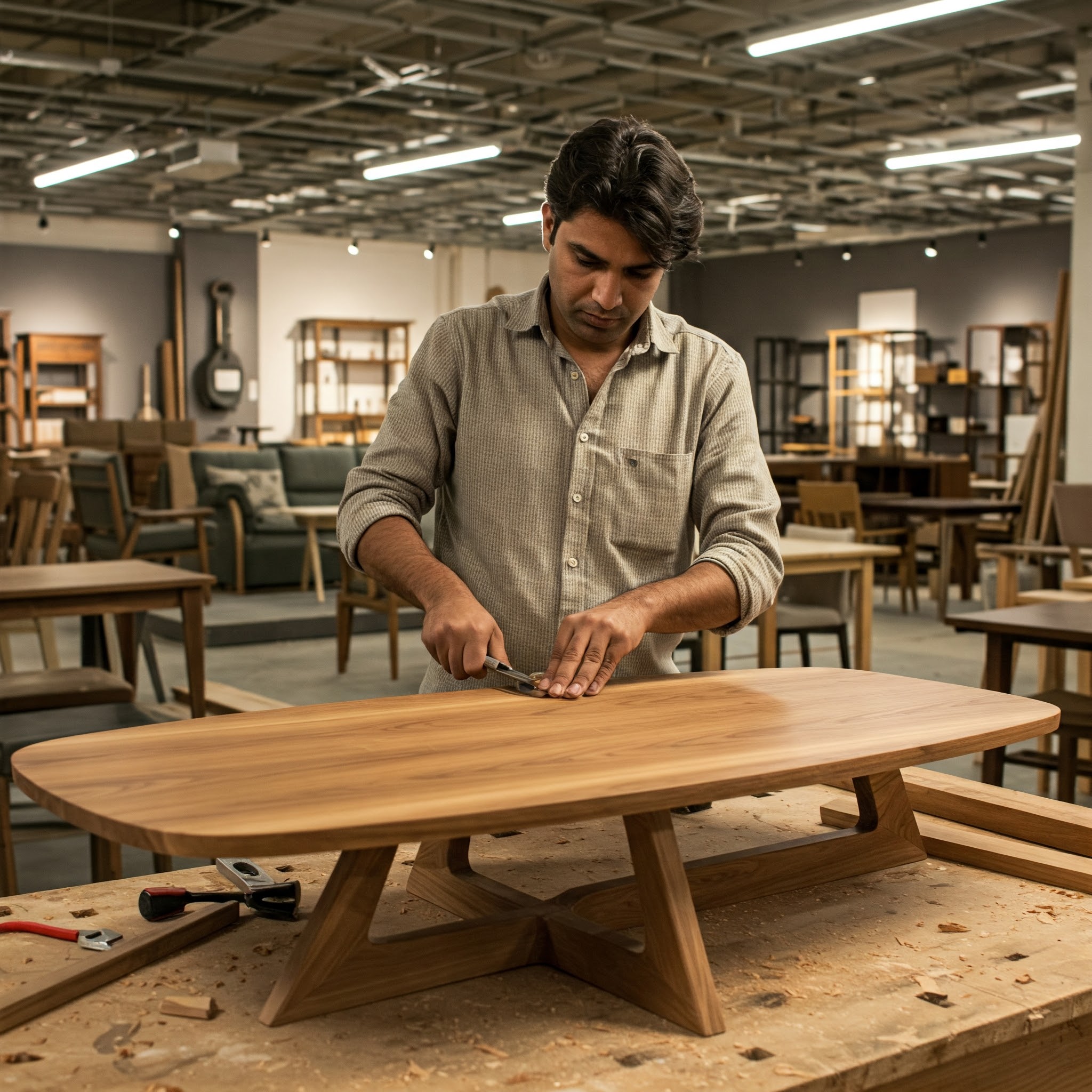
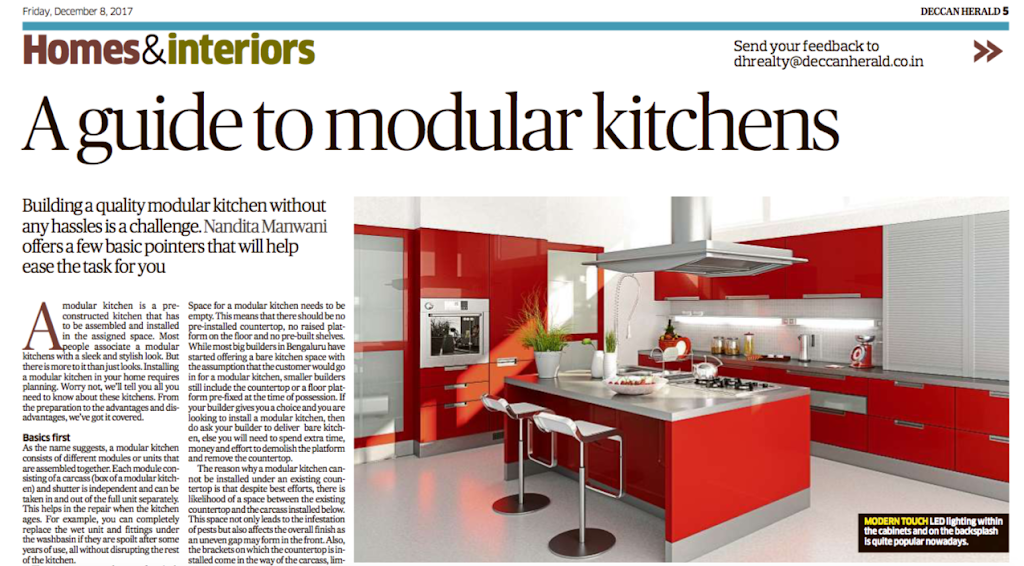
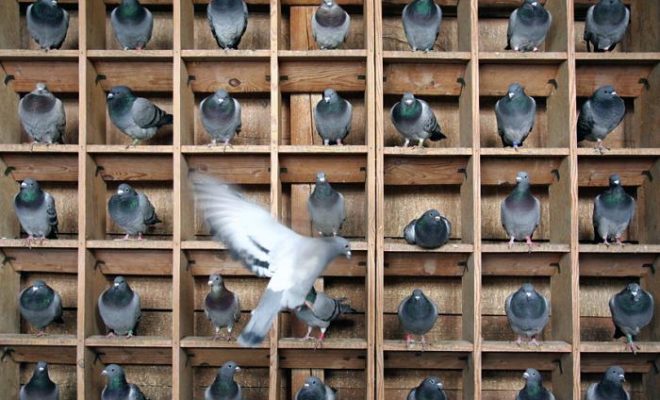
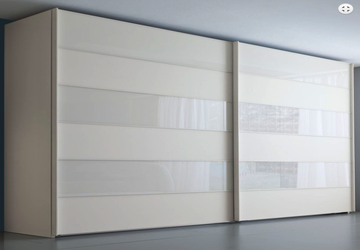
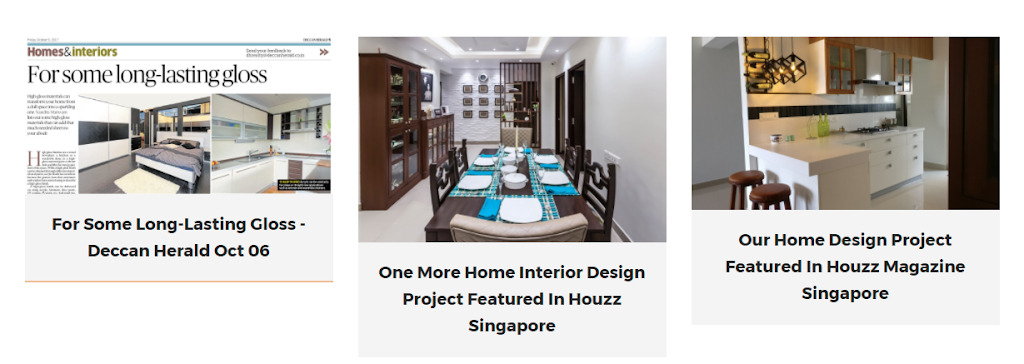

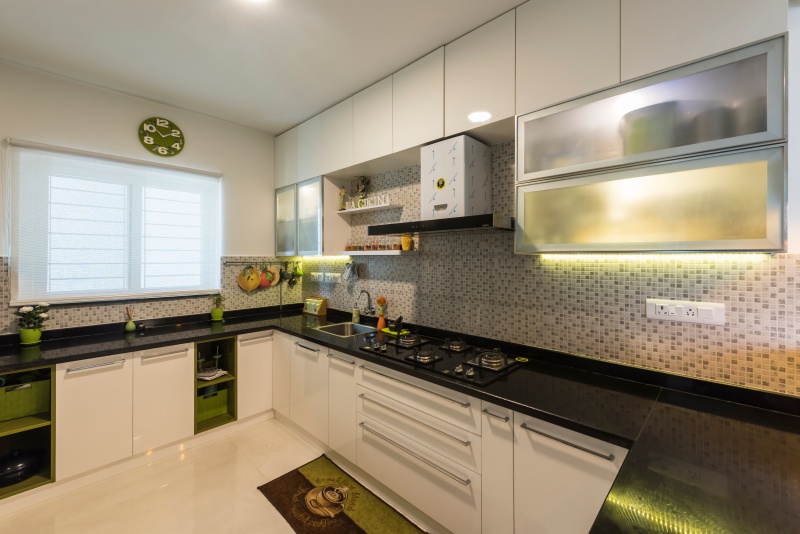
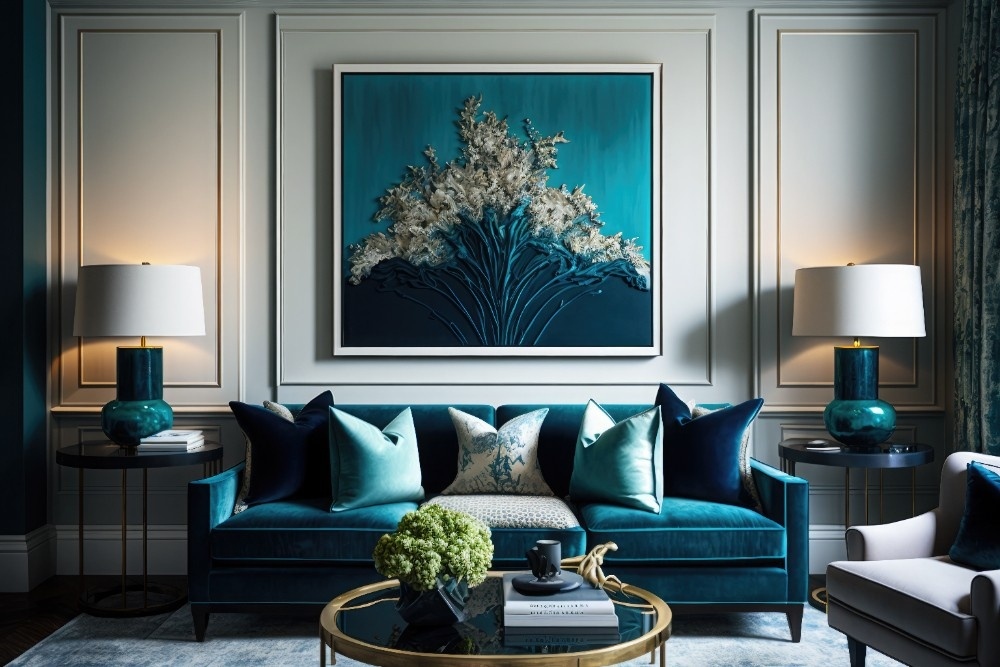

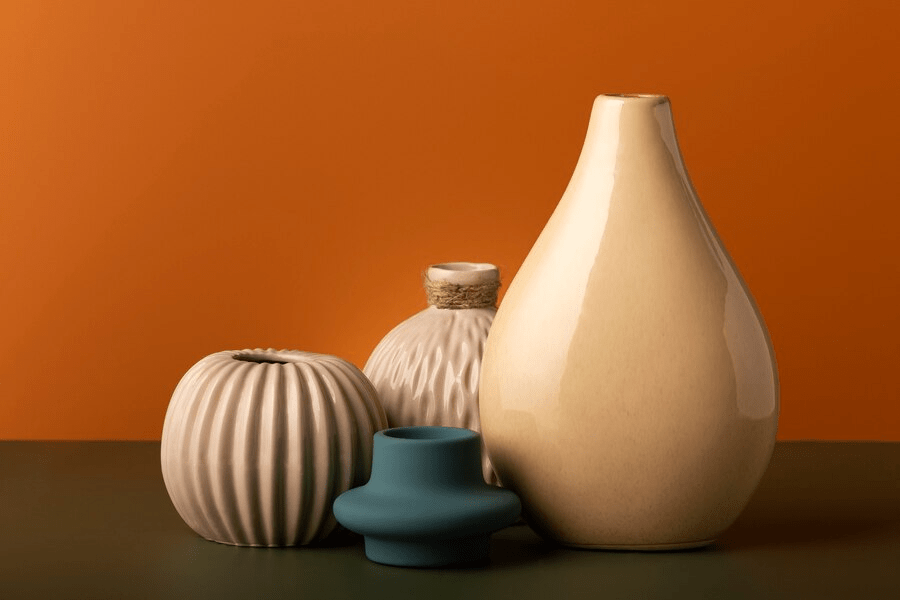

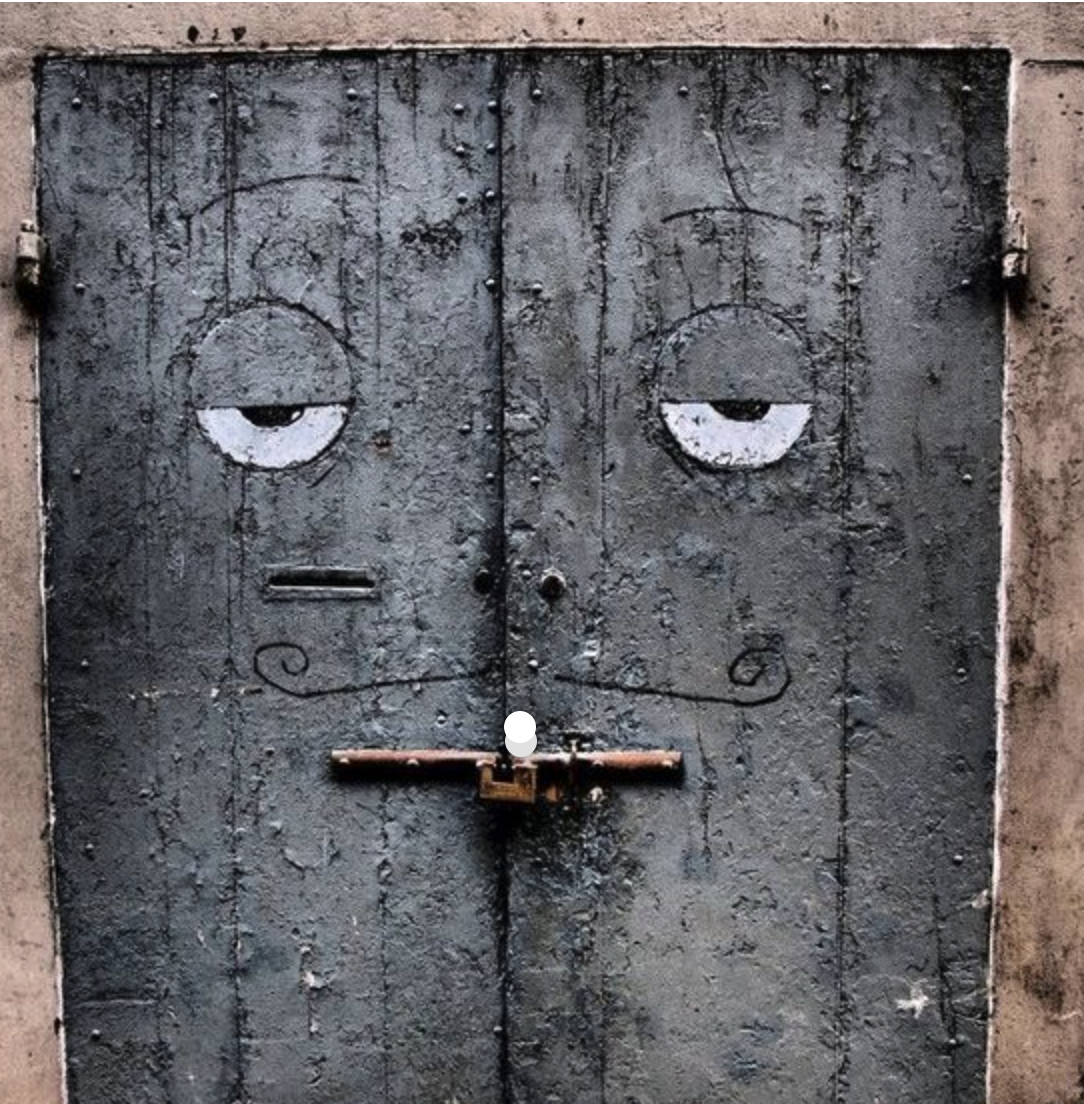
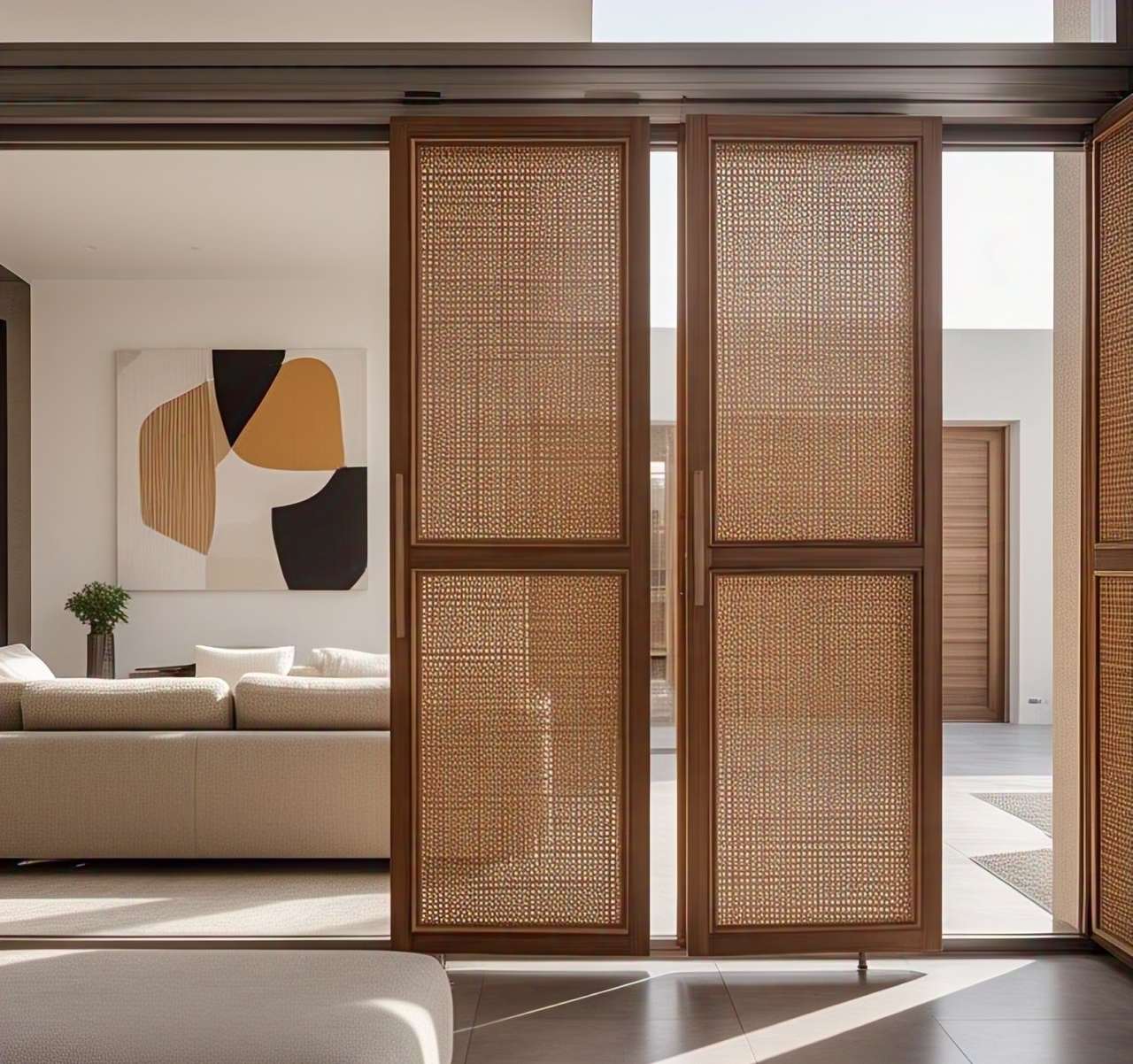
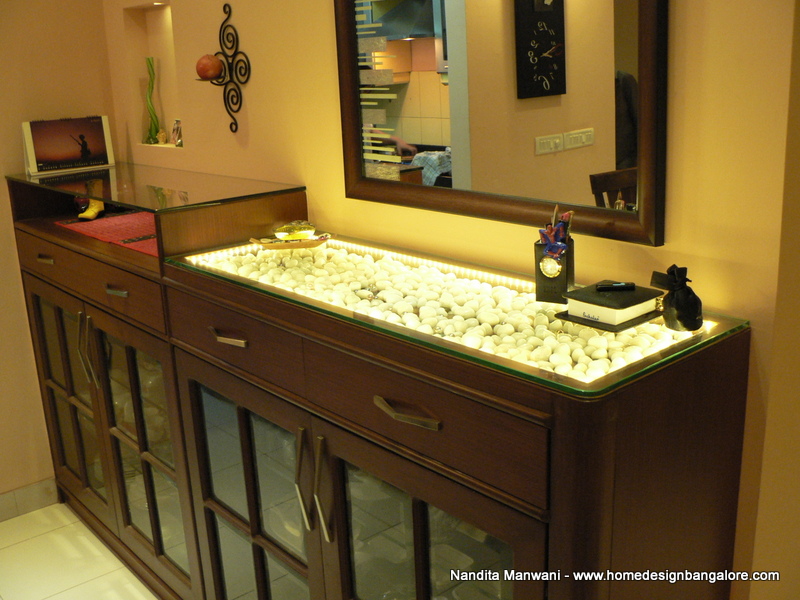
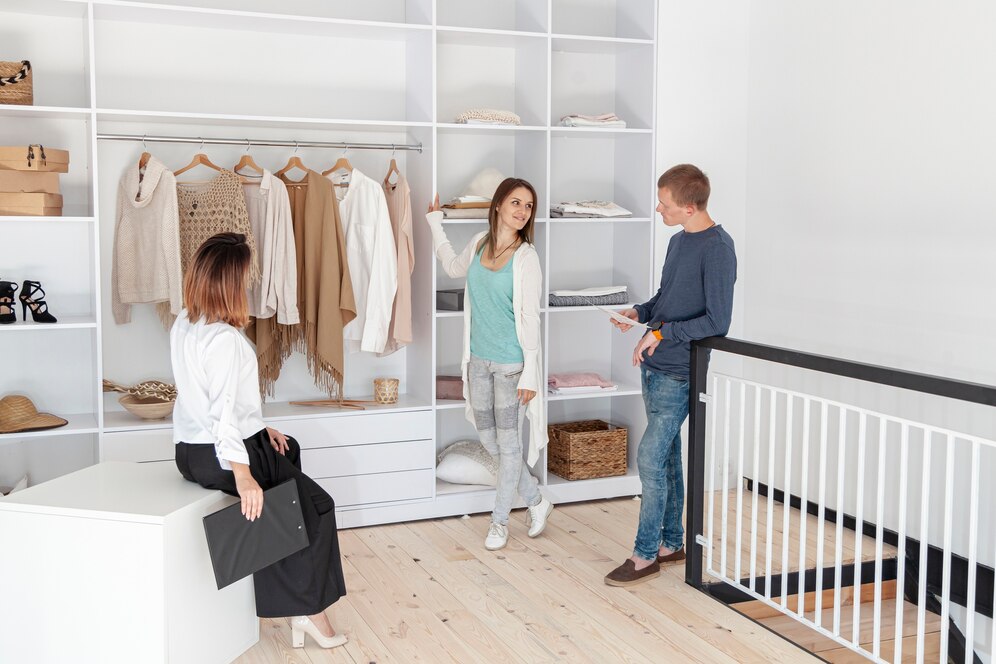
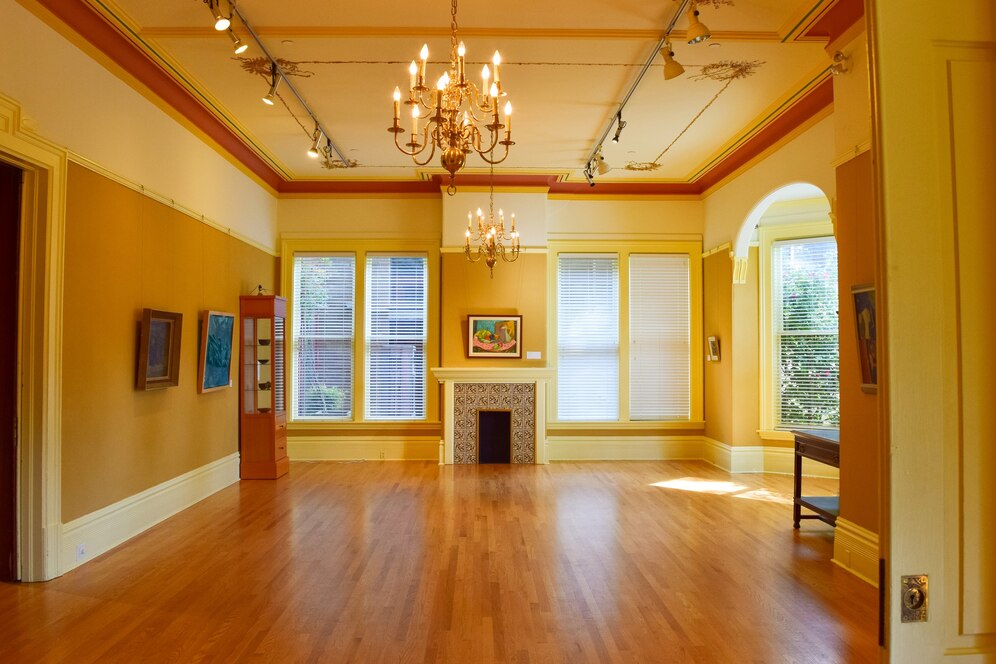
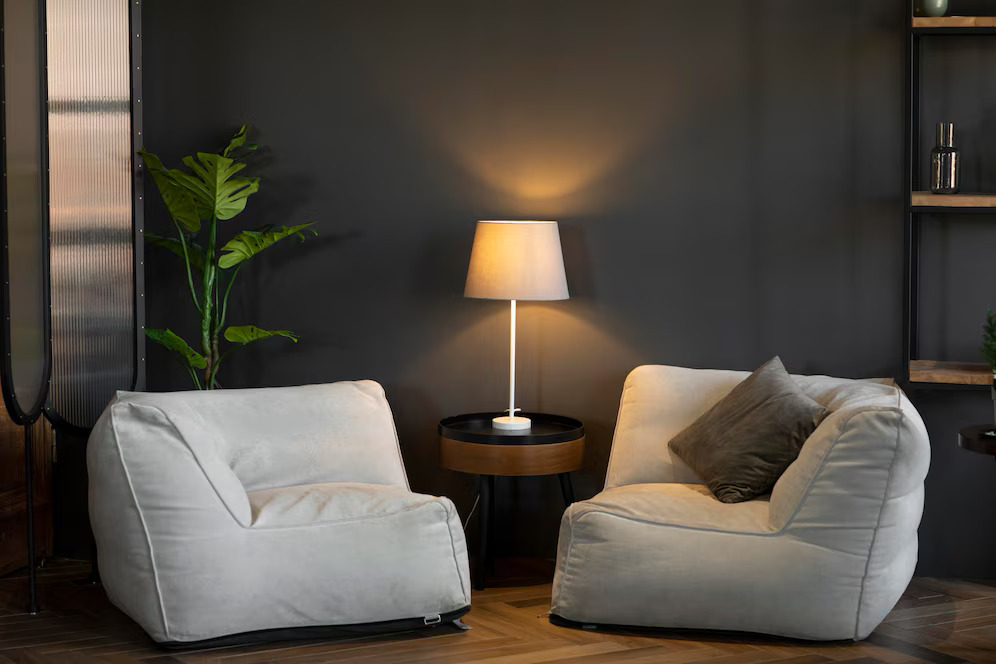






12 thoughts on “Types of finishes for woodwork – How to choose between Laminate, Veneer, Acrylic, Polymer, Lacquered Glass, PU Coating, Duco Paint etc. etc. etc. for your Home Interiors”
Hi Nandita
Just came across your blog , very much informative & helpful , thanks for the effort on sharing details.
Do you think any factories who press acrylic on a base or a pre laminated acrylic boards can achieve zero waves or They can be achieved same as lacqour coat glass by looks , i have been connecting to many shop guys but they all says 80% result nly can be achieved.
Can you guide me to know about those factories in bangalore where we can press acrylic sheets on plywood to achieve best less waves result ?
Thanks in advance
Hi I just responded on your question that you had reposted. Trust that helps
Hi Nandita,
Very informative blog. Appreciate you enlightening us.
A question:
My wife wants a Matt finished duco painted or PU coated kitchen cabinets. What are the other options beside these which doesn’t require high maintenance and which fulfils both the pretty and practical parts?
Every kitchen guy is just talking about HDHMR shutters wherever you go.
Thank you.
Regards,
Manu
HDHMR is the base material and has nothing to do with the finish. If you want maintenance free shutters then I recommend you avoid duco or any other painted finish (like PU). Nowadays you get Matte acrylics on HDHMR that look quite premium – you can try that. Also for good quality matte, laminate on Ply or HDHMR is also an option.
Hi Nandita,
I Appreciate your efforts for helping us with details on interior designing.
I have few questions,as we are constructing home in bangalore.
1. The carpenter has suggested to go for PU paint for Bed, Studytable and design on the wall behind the bed, your thoughts, suggestions on this ? As this is going to be very costly, hence asking you if i’m doing right investing on this costly paints.
2. which company paints do you recommend considering quality and cost effectiveness for 3 floor home ?
3. Any brands in bangalore which has best laminates and acrylics, as we are planning to use laminates for wardrobes and acrylic in kitchen ?
4. Th carpenter has recommended Kiosk Brand for Kitchen fittings, Tandems and other accessories, any thoughts on this ?
Thank you,
Deepika
Hi Deepika, Please see my responses inline below
1. The carpenter has suggested to go for PU paint for Bed, Studytable and design on the wall behind the bed, your thoughts, suggestions on this ? As this is going to be very costly, hence asking you if i’m doing right investing on this costly paints.
NM: Do the PU only in LOW TOUCH Areas. PU chips easily even on minor hits and hence is unsuitable for moving pieces or those that will come under heavy use. In your specific case it might be ok for the headboard. For the cot, the design will have to be such that the PU is not exposed towards a careless hit and for the Study Table it is not recommended
2. which company paints do you recommend considering quality and cost effectiveness for 3 floor home ?
NM: All major brands are fine – Asian Paints, Berger, Nerolac etc. Be sure to use the Premium Range and above.
3. Any brands in Bangalore which has best laminates and acrylics, as we are planning to use laminates for wardrobes and acrylic in kitchen ?
NM: Again go with standard brands like Merino, Century and Greenlam. For the Acrylics make sure that you use Pre Pasted boards and that the pasting of the acrylic is not done locally as that will not yield a good finish.
4. The carpenter has recommended Kiosk Brand for Kitchen fittings, Tandems and other accessories, any thoughts on this ?
NM: I have not used that brand hence cannot comment
Hi Nandita,
Really an insightful blog. Thanks
Is there any good alternative of PU and Duco for main gate? My engineer has suggested to go for Duco for the main gate.
Can you please suggest a good matte finish option? Thanks
Duco is the same as car paint. It should be fine for the main gate.
Hi Nandita
I am unable to decide between membrane finish and laminate for my kitchen .As membrane looks more classy would like to go with it but there are some companies which say membrane starts peeling off in 2-3 years.on an average how long does a membrane finish last?Please guide
Thanks
Membrane – in moist areas, will peel off from the edges in 3 to 4 years. It should however last in dry areas. Also note that this applies to the highest quality of membrane shutters available in the market. There are cheaper options that will peel off earlier
Hi Nandita,
Need advise on chosing matte finish shutters for kitchen, wardrobe and tv console for Rental Houses as I am looking more durable and low maintenance with in budget.
Pls suggest . thanks
For rental homes it is best to go with Laminate on Plywood for Kitchen and Wardrobes